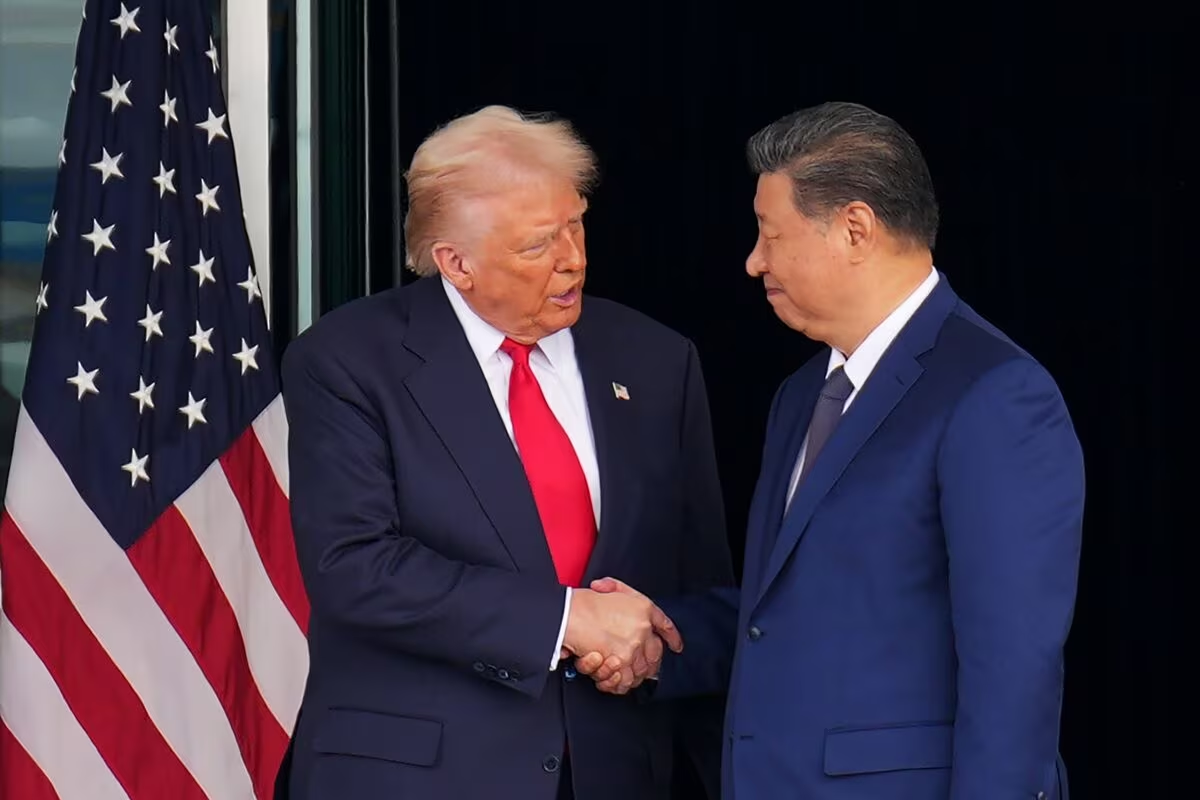The AI Infrastructure Push: OpenAI Seeks CHIPS Act Tax Relief
OpenAI, the leading developer of advanced artificial intelligence models, is actively lobbying the Trump administration to significantly expand a key financial incentive within the CHIPS and Science Act of 2022. The company’s goal is to modify the existing tax credit to cover the specialized, high-cost infrastructure required for building and operating modern AI data centers.
This request marks a critical moment in the intersection of US industrial policy and the booming AI sector. If successful, it would dramatically lower the capital expenditure required to construct the supercomputing facilities essential for training and deploying the next generation of large language models (LLMs).
Reframing the Investment Tax Credit (ITC)
OpenAI’s proposal targets the Investment Tax Credit (ITC) component of the CHIPS Act. This credit, which typically offers a 25% tax break on qualified investment, was originally designed with a clear focus: to incentivize the construction and equipping of domestic semiconductor manufacturing facilities—colloquially known as fabs.
OpenAI argues that the infrastructure used to consume these advanced semiconductors—specifically the dense clusters of specialized AI accelerators (GPUs, TPUs, etc.) and the massive power and cooling systems they require—should be reclassified as eligible investments under the same tax umbrella.
Why AI Data Centers Are Different
Traditional data centers are built for general computing and storage. AI data centers, often referred to as AI factories, are fundamentally different due to their extreme demands:
- Hardware Density: They house thousands of high-end AI chips, creating unprecedented power and heat loads.
- Power Requirements: The energy consumption per square foot far exceeds standard facilities, necessitating massive electrical infrastructure upgrades.
- Specialized Cooling: Advanced liquid cooling systems are often required to maintain operational efficiency, adding significant cost.
For companies like OpenAI, which require continuous access to massive computational power to remain competitive, the cost of building and maintaining this infrastructure runs into the billions of dollars. Subsidizing a quarter of that investment through a tax credit would provide a substantial financial advantage.

The Policy Debate: Supply Side vs. Demand Side
OpenAI’s request forces a crucial debate regarding the scope and intent of the CHIPS Act. The original legislation was a clear supply-side policy, aimed at addressing national security concerns by securing the domestic supply chain for semiconductors.
Expanding the ITC to include AI data centers shifts the focus to the demand side—subsidizing the major consumers of those chips. This raises several policy questions:
- Scope Creep: Does extending the credit dilute the primary mission of bolstering US manufacturing capacity?
- Fairness: Should highly capitalized, profitable technology companies receive taxpayer subsidies for their operational infrastructure?
- Competitive Advantage: Would this expansion disproportionately benefit a few dominant players in the AI race, potentially stifling smaller competitors who cannot afford the initial investment, even with a subsidy?
Policy experts note that while the US must maintain its lead in AI development, the mechanism for support needs careful consideration. Subsidizing the use of chips is fundamentally different from subsidizing the production of chips.
Context: The Race for Compute Power
This lobbying effort underscores the intense global competition for computational resources. The ability to train ever-larger and more capable models is directly tied to the availability of massive, reliable, and affordable compute power. Securing this infrastructure is viewed by AI leaders as a national imperative.
OpenAI, backed by Microsoft, is one of several major players—including Google, Amazon, and Meta—engaged in an unprecedented capital expenditure race to build out AI supercomputing capacity. Any policy that reduces the cost of this build-out could significantly accelerate the pace of AI development in the United States.
Furthermore, the request highlights the growing political influence of the AI sector. As AI becomes central to economic growth and national security, companies like OpenAI are increasingly seeking direct governmental partnership and financial support to manage the enormous costs associated with foundational AI research.

Key Takeaways
OpenAI’s push to expand the CHIPS Act tax credit is a significant development with wide-ranging implications for US technology policy and the AI industry:
- The Ask: OpenAI wants the 25% Investment Tax Credit (ITC)—currently for semiconductor manufacturing—to cover specialized AI data centers and their computing equipment.
- The Motivation: To drastically reduce the billions of dollars in capital expenditure required to build AI supercomputing infrastructure.
- Policy Conflict: The proposal challenges the original supply-side focus of the CHIPS Act by introducing a demand-side subsidy for chip consumers.
- Impact: If approved, it would accelerate the construction of US-based AI infrastructure but could spark debate over subsidizing established, large tech firms.
What’s Next: Legislative and Regulatory Hurdles
The decision ultimately rests with the Trump administration and relevant regulatory bodies, which must interpret or amend the existing language of the CHIPS Act. The administration must determine whether the economic and strategic benefits of accelerating domestic AI infrastructure outweigh the potential dilution of the manufacturing focus.
Congress may also weigh in, as any significant reinterpretation of the tax credit’s scope could face scrutiny from lawmakers concerned about the allocation of federal funds. The outcome of this lobbying effort will set a precedent for how the US government chooses to financially support the foundational infrastructure of the burgeoning artificial intelligence economy in the years to come.
Original author: Maggie Eastland, Shirin Ghaffary
Originally published: November 7, 2025
Editorial note: Our team reviewed and enhanced this coverage with AI-assisted tools and human editing to add helpful context while preserving verified facts and quotations from the original source.
We encourage you to consult the publisher above for the complete report and to reach out if you spot inaccuracies or compliance concerns.

